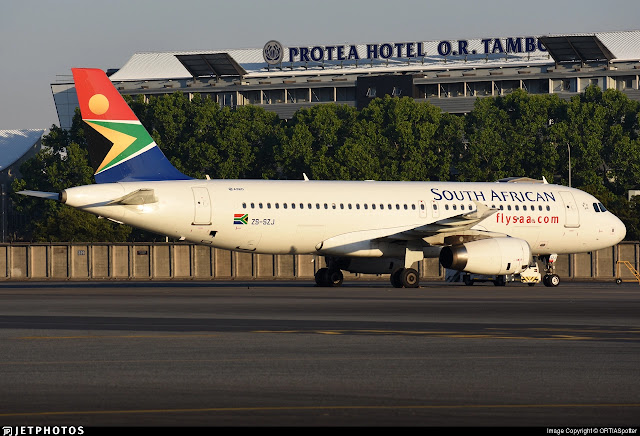The A320
Hello Aviators
Welcome back to another Blog, for today we will be sticking with the European manufacturer that is Airbus and we will be talking about a very successful aircraft. When looking at the other blog posts, one can see that Airbus has made a few mistakes in terms of Aircraft design, but today's aircraft was beyond success for the company, in today's blog, we will be discussing the Airbus A320.
 |
| Lift A320-200 |
History of the A320 Family
The 1980s can be sometimes referred to as the height of Aviation in the 20th Century, Airbus had just started commercial operations with their A300 and A310 and companies like Boeing were booming. Airbus identified a unique opportunity in the market, up to that point, Boeing was dominating short-haul routes with the 737, Airbus decided to make an aircraft to become a direct rival of the 737 and thus the A320-200 was born. The Aircraft entered into service in 1987 and has since been developed into various variants all called the Airbus A320 family, each aircraft under this family has been developed to fulfill a different need or market segment. The aircraft included in the A320 family from biggest to smallest are the A318, A319-100, A319neo, A320-200, A320neo, A321-100, A321-100, A321-200, A321neo, A321LR, and A321XLR.
 |
| Aegean A320NEO |
Specifications of the A320
All the specifications listed are those of the A320-200. The aircraft has a length of 37.57m, a height of 11.76m, and a wingspan of 35.8m. The aircraft can carry 180 passengers and fly a maximum range of 6200km at a top speed of 903km/h. It is possible to buy an A320 with a CFM 56 engine which is the same engine as its competitor the Boeing 737.
 |
| South African Airways A320-200 |
Airbus Innovation with the A320 and the NEO variant in the A320 family.
Up until the point that the A320 was developed, aircraft would have a traditional yoke as the control of the aircraft but Airbus decided to be innovative with the A320. They introduced fly-by-wire technology which allowed the aircraft to be flown with a sidestick rather than a yoke, this allowed for more space in the cockpit, today, all modern Airbus aircraft have a side stick as the controls whereas all modern Boeing aircraft still have yokes.
NEO stands for New Engine Option. Aircraft engine technology is constantly evolving, this is why Airbus developed the NEO variant of aircraft. The A320-200 was the first A320 and after a few years, Airbus released the NEO version. The NEO concept allows airlines to receive a new version of their existing aircraft with newer fuel-efficient engines and a few other small changes. An example of this can be seen with the European low-cost carrier Easy Jet, they operated the A320-200 for a number of years and then sold them and purchased the A320neo, this is because they wanted a new aircraft that was cheaper to run but without the need to have to retrain pilots to fly a completely new aircraft. It is essentially the same aircraft with improved power, performance and efficiency.
 |
| Swiss A320NEO |
The Future of the A320 family.
Airbus has just finished a fantastic aircraft known as the A321XLR, it is a single-aisle aircraft that seats around 200 passengers but has the capability of flying from New York to London, which is unheard of for aircraft of this size, it is set to revolutionize the aviation industry.
 |
| Airbus A321XLR |
The A320 family is proving to be one of the most successful aircraft of all time with over 16 000 orders globally. The aircraft has definitely given Boeing a run for its money with the 737 series, Airbus' A320 order book was also boosted by the 737 max catastrophe as a number of airlines canceled their 737 max orders with Boeing and ordered aircraft from the Airbus A320 family instead. Although I am a huge Boeing 737 fan, that A320 is a wonderful piece of machinery and I am excited to see what the A321XLR has in store for the Aviation industry, till the next blog, STAY FLYING HIGH.




Comments
Post a Comment